Latino Arts in the United States
Hispanic Americans: Major Minority
BOTH PUERTO RICAN AND AMERICAN
CENTRAL AMERICAN IMMIGRANTS
CUBAN AMERICANS
LATINO AMERICAN CIVIL RIGHTS
LATINO AMERICAN CUISINE
LATINO AMERICANS AND IMMIGRATION LAWS
LATINO AMERICANS AND RELIGION
LATINO AMERICANS AND THEIR JOBS
LATINO ARTS IN THE UNITED STATES
LATINO FOLKLORE AND CULTURE
LATINO MIGRANT WORKERS
LATINOS TODAY
MEXICAN AMERICANS
SOUTH AMERICAN IMMIGRANTS
SPAIN ARRIVES IN THE AMERICAS
TRAILBLAZING LATINO AMERICANS
Latino Arts in the United States
Frank DePietro

 | Mason Crest
370 Reed Road
Broomall, Pennsylvania 19008
www.masoncrest.com |
Copyright 2013 by Mason Crest, an imprint of National Highlights, Inc. All rights reserved. No part of this publication may be reproduced or transmitted in any form or by any means, electronic or mechanical, including photocopying, recording, taping, or any information storage and retrieval system, without permission from the publisher.
Printed and bound in the United States of America.
First printing
9 8 7 6 5 4 3 2 1
Library of Congress Cataloging-in-Publication Data
DePietro, Frank.
Latino arts in the United States / by Frank DePietro.
p. cm. (Hispanic Americans: major minority)
Includes index.
ISBN 978-1-4222-2324-6 (hardcover) ISBN 978-1-4222-2315-4 (hardcover series) ISBN 978-1-4222-9328-7 (ebook)
1. Hispanic American artsJuvenile literature. I. Title
NX512.3.H57D47 2012
700.8968073dc22
2010052161
Produced by Harding House Publishing Services, Inc.
www.hardinghousepages.com
Interior design by Micaela Sanna.
Cover design by Torque Advertising + Design.
Printed in USA.
Contents
by Jos E. Limn, Ph.D.
Even before there was a United States, Hispanics were present in what would become this country. Beginning in the sixteenth century, Spanish explorers traversed North America, and their explorations encouraged settlement as early as the sixteenth century in what is now northern New Mexico and Florida, and as late as the mid-eighteenth century in what is now southern Texas and California.
Later, in the nineteenth century, following Spains gradual withdrawal from the New World, Mexico in particular established its own distinctive presence in what is now the southwestern part of the United States, a presence reinforced in the first half of the twentieth century by substantial immigration from that country. At the close of the nineteenth century, the U.S. war with Spain brought Cuba and Puerto Rico into an interactive relationship with the United States, the latter in a special political and economic affiliation with the United States even as American power influenced the course of almost every other Latin American country.
The books in this series remind us of these historical origins, even as each explores the present reality of different Hispanic groups. Some of these books explore the contemporary social originswhat social scientists call the push factorsbehind the accelerating Hispanic immigration to America: political instability, economic underdevelopment and crisis, environmental degradation, impoverished or wholly absent educational systems, and other circumstances contribute to many Latin Americans deciding they will be better off in the United States.
And, for the most part, they will be. The vast majority come to work and work very hard, in order to earn better wages than they would back home. They fill significant labor needs in the U.S. economy and contribute to the economy through lower consumer prices and sales taxes.
When they leave their home countries, many immigrants may initially fear that they are leaving behind vital and important aspects of their home cultures: the Spanish language, kinship ties, food, music, folklore, and the arts. But as these books also make clear, culture is a fluid thing, and these native cultures are not only brought to America, they are also replenished in the United States in fascinating and novel ways. These books further suggest to us that Hispanic groups enhance American culture as a whole.
Our countryespecially the young, future leaders who will read these bookscan only benefit by the fair and full knowledge these authors provide about the socio-historical origins and contemporary cultural manifestations of Americas Hispanic heritage.
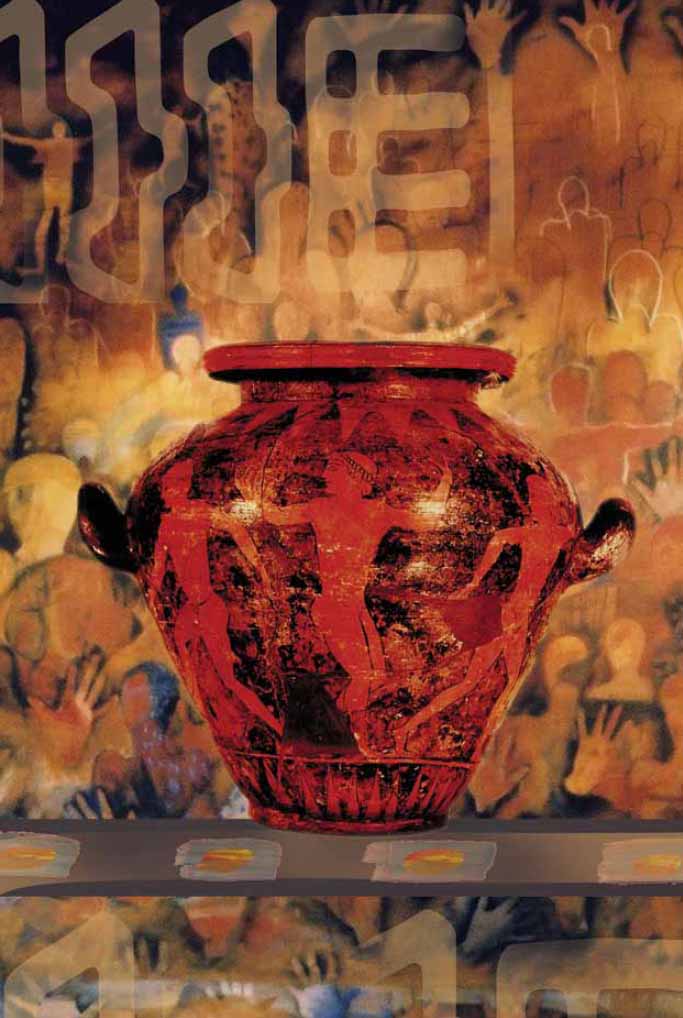

What is art? Its not such an easy question to answer. Youd probably agree that the Mona Lisa is art. Paintings of famous people like George Washington are art. But what about a square of red paint thats hung on a wall? Is that art? Or what about a building? Or a quilt? Or even a piece of clothing?
For thousands of years, people have created things. Theyve written poetry. Theyve played music. Theyve painted. We usually call those things art.
But not everything that people make is art. So what makes one object a piece of art, while another isnt? If you have trouble figuring it out, its okay. Youre not alone. Even some of the smartest people in the world cant answer that question.

Not everyone agrees on whats art and what isnt. A long, long time ago, the Greek named Aristotle said that things are art if they have meaning. If you draw a picture that means something to you, then its art. For example, a drawing of your dog might mean a lot to you. To someone else, its just a picture. To you, its art. To your friend, its not.
Aphilosopheris someone who studies ideas about the meaning of life.
A person whocommunicatesis telling a message so that others can understand it.
All art has at least one thing in common. It all of it as a different way of speaking. Instead of using talking to someone, you tell a story or write a poemor you use music, paint, clay, fabric, or photographs to tell a story.
 Identity and Culture
Identity and Culture
There are over 6 billion people in the world. Every one is a different person. You will never find the same person twice!
But some people have things in come. Some people look alike. Some people have the same likes and dislikes. Some people believe the same things. They think the same things are important. Not everyone is exactly the same of course. But they share a culture.
CULTURE AND STEREOTYPES
If someone belongs to a culture, we can guess some things about him or her. If someone is Latino, for example, we can assume he or she speaks Spanish. Most Latinos speak Spanish. But there might be some people who dont. We have to be really careful not to guess too much about people based on their culture. Thats called stereotyping. We stereotype when we think that all people in one culture are exactly the same. We think that because people belong to a group, they act a certain way or believe certain things. Stereotypes can be really hurtful. They are especially dangerous if you treat people differently because of them.
Next page




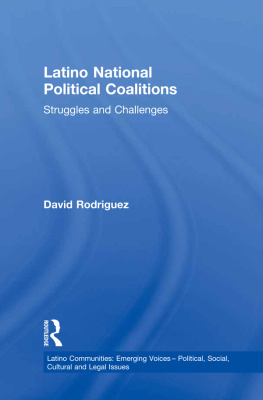
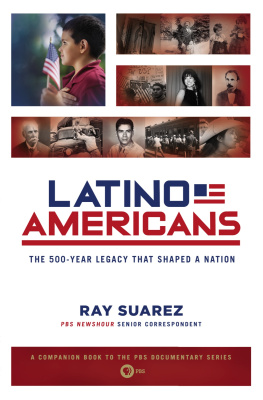
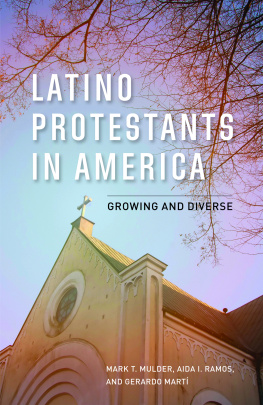
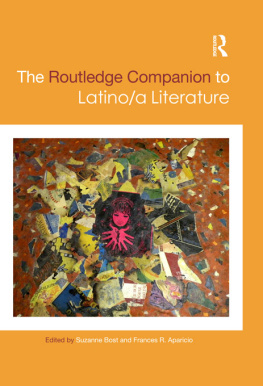





 Identity and Culture
Identity and Culture